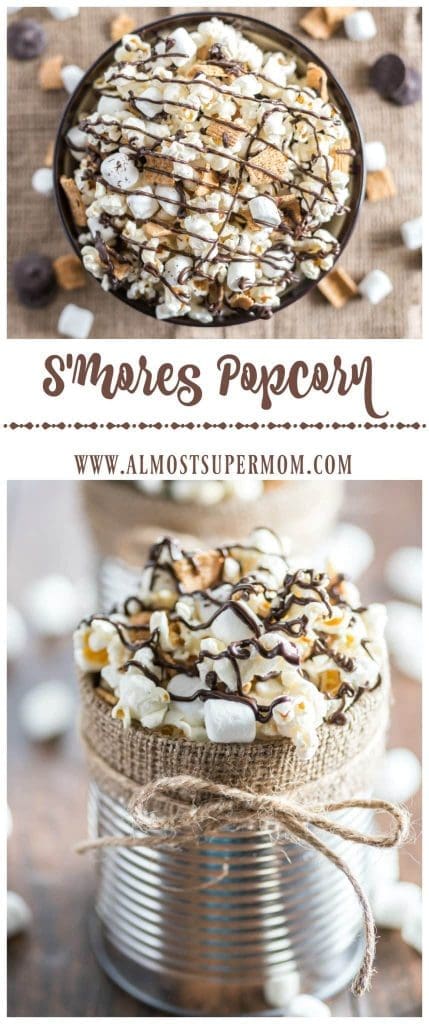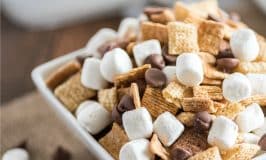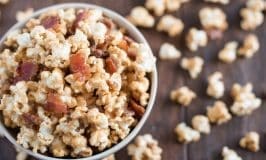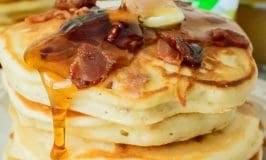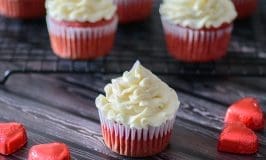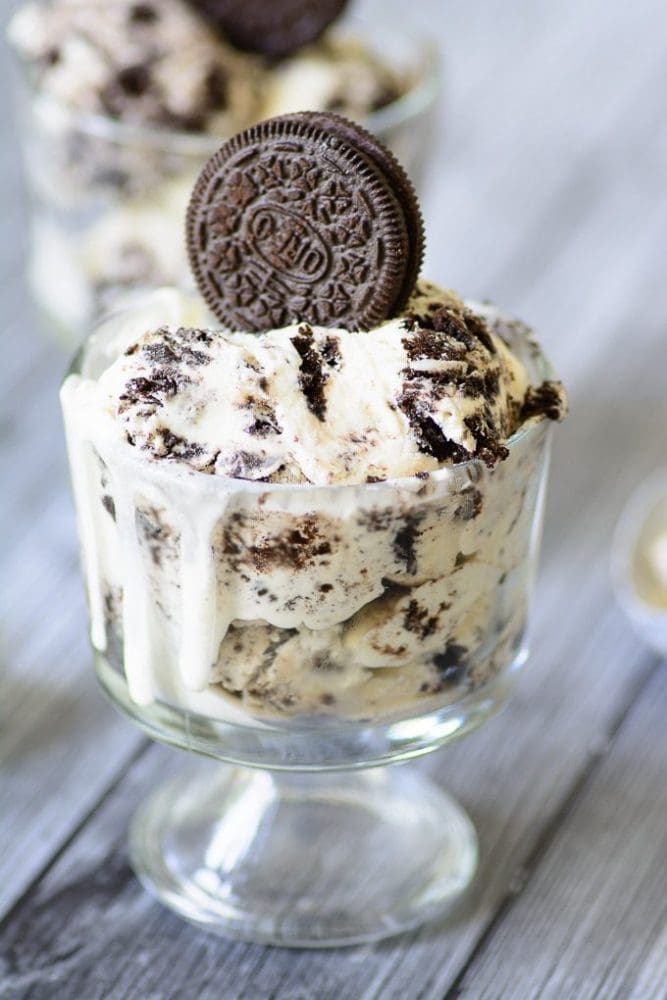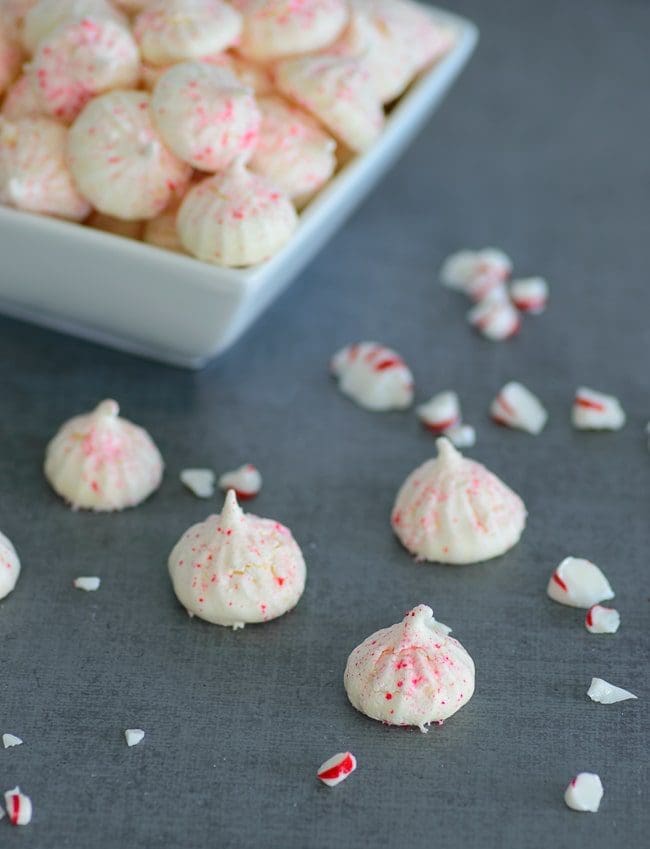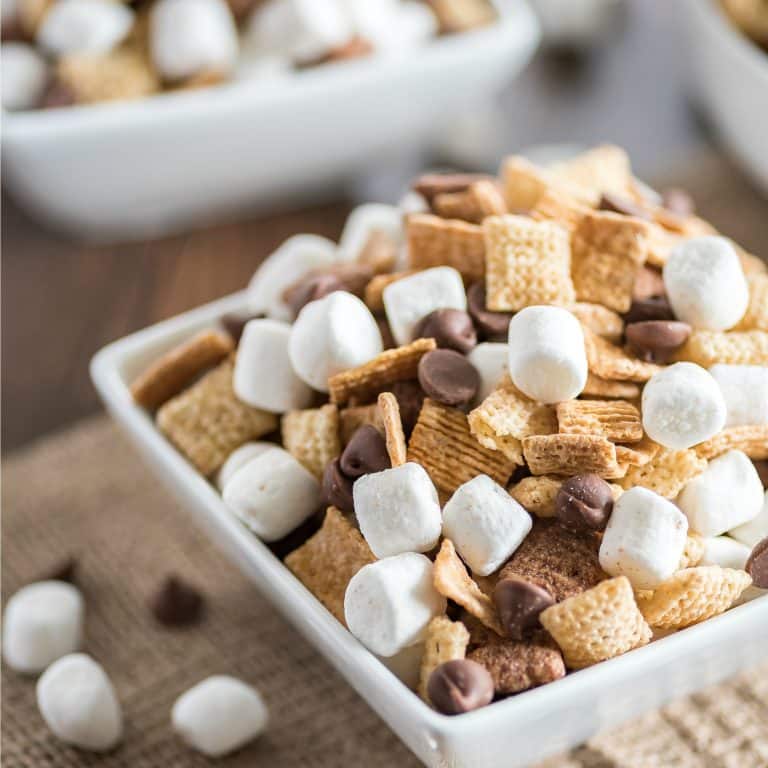S’mores Popcorn Recipe
If you love S’mores and you love popcorn, you are going to love when they get together in this delicious S’mores Popcorn Recipe. Yum!

S’mores Popcorn Recipe
Who loves S’mores???? I do! I do! If you are human, you answered yes. If you answered no, then I’m afraid we can’t be friends anymore. Sorry. I’ll miss you, but I can’t compromise on s’mores love.
Anyway, for those of you s’mores lovers that stuck around, boy oh boy do I have a fun recipe for you! S’mores Popcorn!
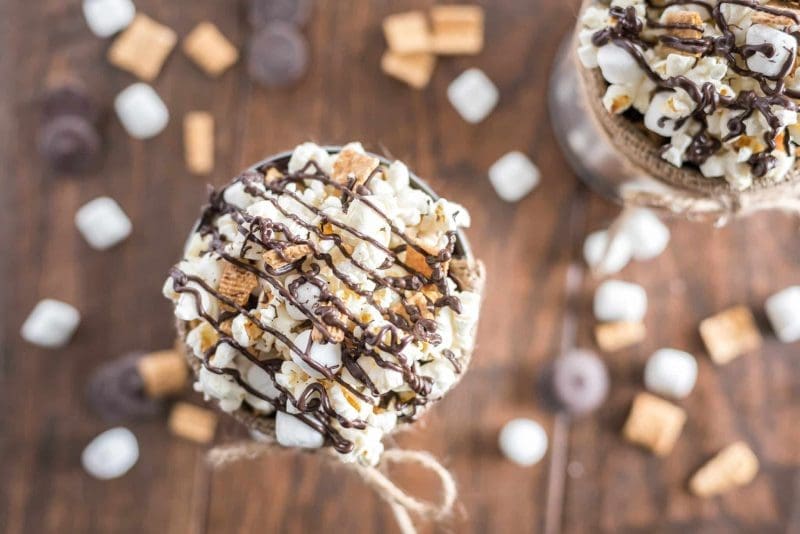
I’m going to spare you the touching backstory on how this recipe came to be because I know you probably won’t read it anyway, and it really isn’t that touching. I’ll just give you the readers digest version….. We like s’mores, we like popcorn, we decided to put the 2 together to create a glorious taste combination. It’s super awesome. You should absolutely make this for your family right now.
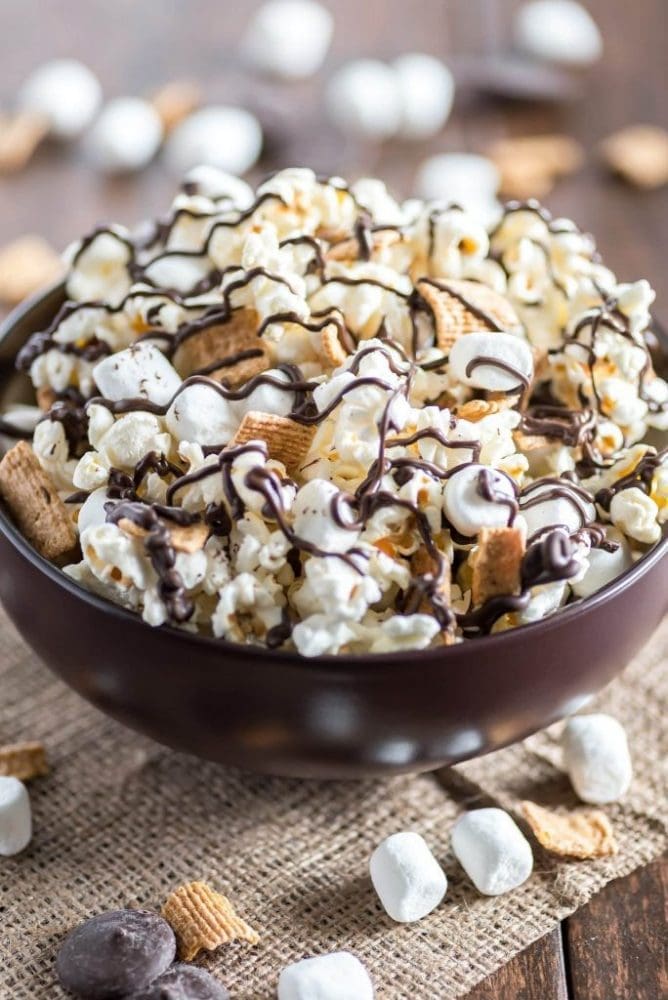
Here you go!

S'mores Popcorn Recipe
If you love S’mores and you love popcorn, you are going to love when they get together in this delicious S’mores Popcorn Recipe. Yum!
Ingredients
- 4 cups of popped popcorn
- 2 cups of golden grahams
- 1/2 cups of marshmallows
- 1/2 cup chocolate wafers
Instructions
- Combine popcorn, marshmallows, golden grahams in a bowl and mix together.
- Spread popcorn on a baking sheet.
- Melt chocolate in the microwave, 30 seconds at a time so it doesn't burn.
- Drizzle chocolate over the popcorn mixture and allow to harden (about 10 minutes)
Nutrition Information:
Yield: 6 Serving Size: 1 cupAmount Per Serving: Calories: 203Total Fat: 6gSaturated Fat: 1gTrans Fat: 1gUnsaturated Fat: 4gCholesterol: 0mgSodium: 226mgCarbohydrates: 35gFiber: 2gSugar: 13gProtein: 3g
Tips:
- If you want a more authentic s’more experience, you can melt the marshmallows by placing the baking sheet in the oven and broiling for 5 minutes before you drizzle the chocolate.
- These make great road trip, or park snacks (if you don’t melt the marshmallows) store in plastic zipper bags for an easy snack!
Enjoy!
If you love s’mores, check out this awesome recipe too!

